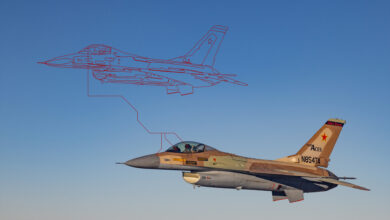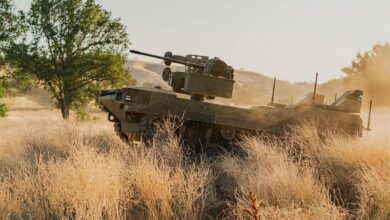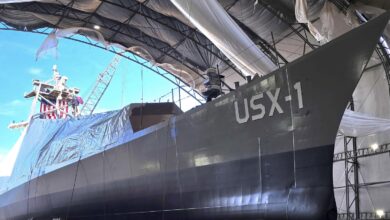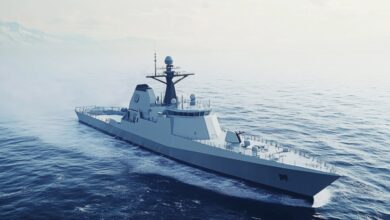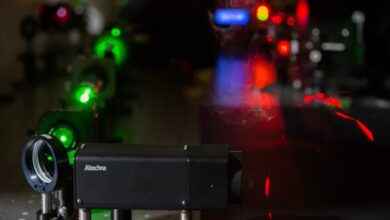DARPA Eyes Sensors That Can Operate in Extreme Temperatures
The Defense Advanced Research Projects Agency (DARPA) has launched an initiative to develop sensors that can withstand extreme temperatures.
The High Operational Temperature Sensors (HOTS) program seeks to produce microelectronic sensor technologies capable of high-bandwidth, high-dynamic-range sensing in harsh conditions.
“Combinations of emerging materials, fabrication techniques, and integration technologies that inform new types of transistors and transducers are among the potential approaches the HOTS program hopes to demonstrate as a sensor module,” a statement from the Pentagon acency said.
Solution to Thermal Uncertainty
Sensors developed under the program are expected to address the challenges of current physical sensors constrained by thermal limitations when processing inputs such as pressure, speed, and mechanical component integrity.

“Many of the defense and industrial systems that rely on sensors experience harsh environments beyond the capability of today’s high-performance physical sensors,” HOTS Program Manager Dr. Benjamin Griffin stated.
“That means these systems have to be designed and operated with reduced performance and excessive margins – they’re limited by the uncertainty of their thermal environments.”
“However, if we can design, integrate, and demonstrate high-performance physical sensors that can operate in high-temperature environments, we can advance toward systems that perform at the edge of their capability instead of the limits of uncertainty.”
‘Tremendous Benefits’
Thermal restrictions in sensors become prevalent as high-speed flight and next-generation turbine development in the defense industry increase, DARPA explained.
Some sensors have already been designed for these applications. However, they are not reaching their full potential due to the lack of combination between dynamic range and frequency bandwidth because of thermal management requirements.
Eliminating such disadvantages will enable sensors to complete critical operations in extremely hot settings.
“If you look at the progress of cars alone, we’ve seen sort of a nervous system of sensing evolve, providing visibility and knowledge of what’s happening across the platform,” Griffin said.
“Applying the same concept to larger-scale systems in harsh environments will offer tremendous benefits for the future system capabilities.”



